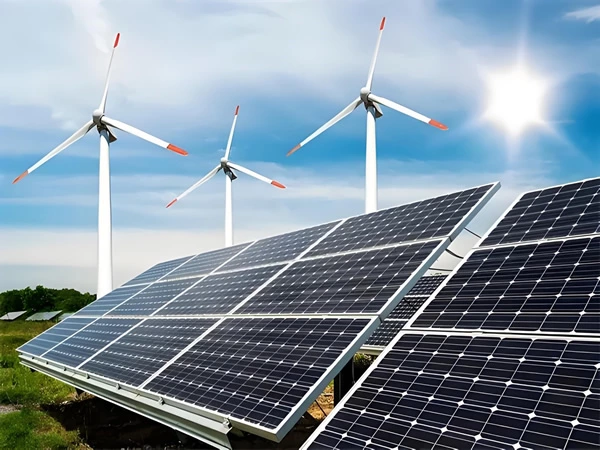The following is a detailed description of the combined process of "chemical softening and hardening +DTRO reverse osmosis membrane concentration +MVR evaporation + spiral wound reverse osmosis" for the daily treatment of 80 tons of domestic waste landfill wastewater:
1. Overview of the Process Flow
Complete chain: Pre-treatment → Chemical softening and hardness removal → DTRO reverse osmosis concentration → MVR evaporation and crystallization → Tubular reverse osmosis (RO) reuse → Final disposal
2. Detailed principles and functions of each stage
(1) Preprocessing
Objective: To remove suspended solids, oils, and large particle impurities, and to protect the subsequent membrane system and evaporation equipment.
Main method:
Grate filtration: Removes larger solid impurities (such as plastics and fibers).
Receiving tank: Regulates water quality and quantity, preventing sudden load changes.
Air flotation or sedimentation: By adding chemicals, colloids, oils and some of the COD are removed.
pH adjustment: Add acid or alkali to adjust the wastewater pH to 6-8, which is suitable for the subsequent softening reaction.
(2) Chemical softening to remove hardness
Core objective: Remove Ca²⁺, Mg²⁺ (hardness ions) and silicates to prevent subsequent membrane scaling and evaporator blockage.
Reaction process:
Dosage: Add lime (Ca(OH)₂), soda ash (Na₂CO₃) or sodium hydroxide (NaOH), and the following reactions will occur: Ca²⁺ + CO₃²⁻ → CaCO₃↓
Mg²⁺ + 2OH⁻ → Mg(OH)₂↓
Silica removal: Add magnesium salts (such as MgCl₂) or aluminum salts to form magnesium/aluminum silicate precipitates.
(3) DTRO reverse osmosis membrane concentration
Working principle: High-pressure drive (40-80 bar) forces water molecules to pass through the membrane, while retaining inorganic salts, organic substances and heavy metals.
Flow channel design: The open guide plate prevents membrane clogging and is suitable for high turbidity wastewater.
Output:
After passing through the liquid: the COD (Chemical Oxygen Demand) and salt content are relatively low, and it proceeds to the tubular RO for further purification.
Concentrate solution: Contains high concentrations of salt and organic matter, and is sent to the MVR evaporation process.
(4) MVR Evaporation Crystallization
Core principle: Mechanical Vapor Recompression (MVR) energy-saving evaporation technology.
Process decomposition:
Preheating: The concentrated liquid is heated to its boiling point by the heat exchanger.
Evaporation: The liquid boils in the evaporation chamber, and the water vaporizes.
Reutilization of steam: The compressor compresses and heats the secondary steam, which is then used as a heat source for recycling.
Crystallization: After continuous concentration, salt crystals (such as NaCl, KCl) precipitate and are separated by a centrifuge.
(5) Cylindrical reverse osmosis (RO) reuse
Function: To conduct deep desalination of the permeate liquid from the DTRO system, thereby achieving water resource reuse.
Key process points: Operating under low pressure, removing the remaining trace ions.
Wastewater disposal: It is returned to the DTRO system for further concentration and reduced discharge.
(6) Final Disposal
Crystalline salt: After drying, it is disposed of as an industrial by-product or hazardous waste.
Evaporated condensate water: Discharged or reused after meeting standards.
Residues: A small amount of unevaporated organic substances are handled in accordance with hazardous waste regulations.


